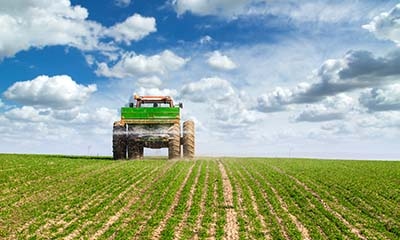August 30, 2017

I lease 400 acres from a longtime landlord, and I don’t want to jeopardize this relationship. However, I cut back on potash and phosphorus on those acres last fall to try to avoid red ink this year. There is nothing in my lease that says I have to keep P and K levels up, but I know I’m draining the soil bank. Last year’s soil tests showed adequate P and K levels. Any suggestions? Do I tell the landlord what I’m doing? — George P., North Dakota
Deciding whether you should withdraw from your P and K savings account or operate in the red is one of the top questions of the year, as thousands of grain farmers face a similar dilemma. University of Illinois economists recently concluded the average cash rent farmer has to cut nearly $100 per acre to break even in 2016, and we think their numbers are definitely in the ballpark.
It’s actually a little unique how closely the corn and bean production costs are across all Midwest land-grant universities. So do some reconciliation number-crunching if your own 2016 budget numbers are notably different here.
The prerequisite question is where can we cut agronomic costs with the least amount of production risk? Seed, nitrogen and most pesticide prices certainly are not helping our quest to break even.
Many input suppliers advertise to not cut back their product for fear of losing yield potential. Your priority is not only balancing the yield-limiting risk among all of the inputs in your production function, including those agronomic inputs, but also expanding the list to include operations and overhead. Find the line item where you are out of balance most in your platform to obtain maximum economic yields.
Management minds that do crop budgeting in input unit terms of dollar per acre may be prone to be overly cost-focused, while those that think in output unit terms of dollar per bushel tend to lean toward revenue and production maximization.
See that you balance these approaches, realizing how much of your 2016 profitability outcome is out of your control.
For full disclosure, we are economists by trade, not agronomists — though we know enough about the latter to be dangerous. Our hired guns tell us to view P1 and K1 levels in a three- to five-year scenario, not an annual assessment. Though we soil-test every two years on grid, most of our farms could go several years without plow-down and have no significant yield hit.
Jerry and Jason Moss operate Moss Family Farms Inc. Have a question? Send emails to [email protected].
You May Also Like




